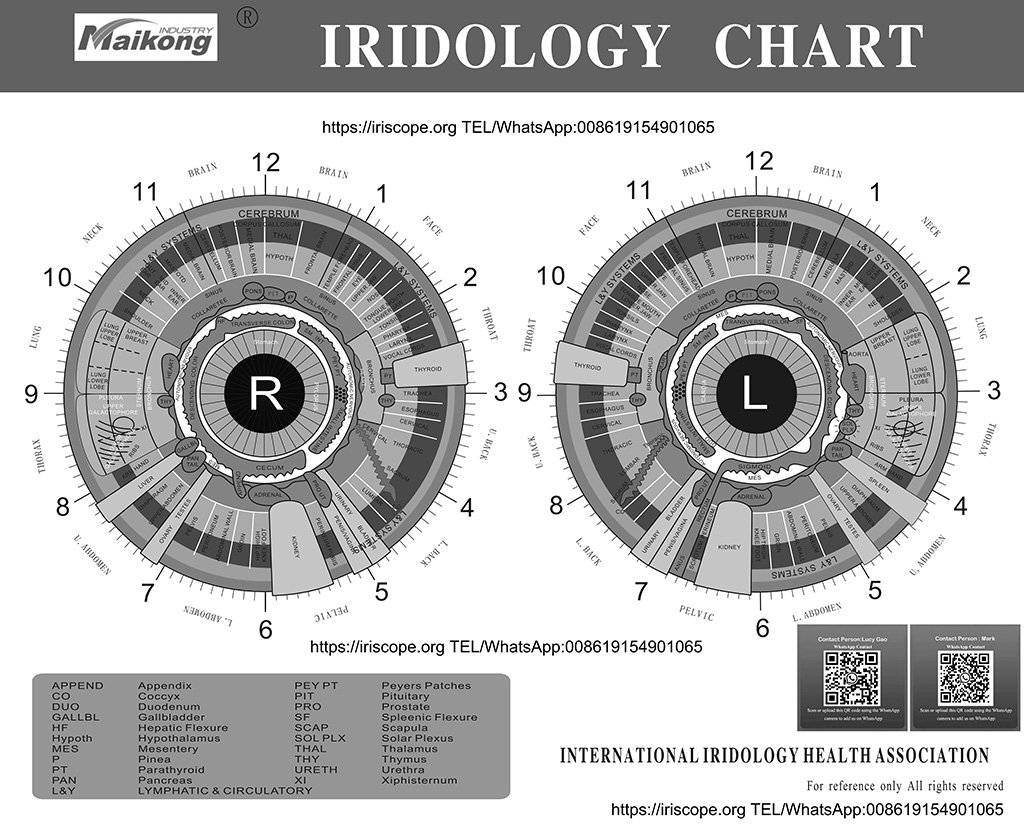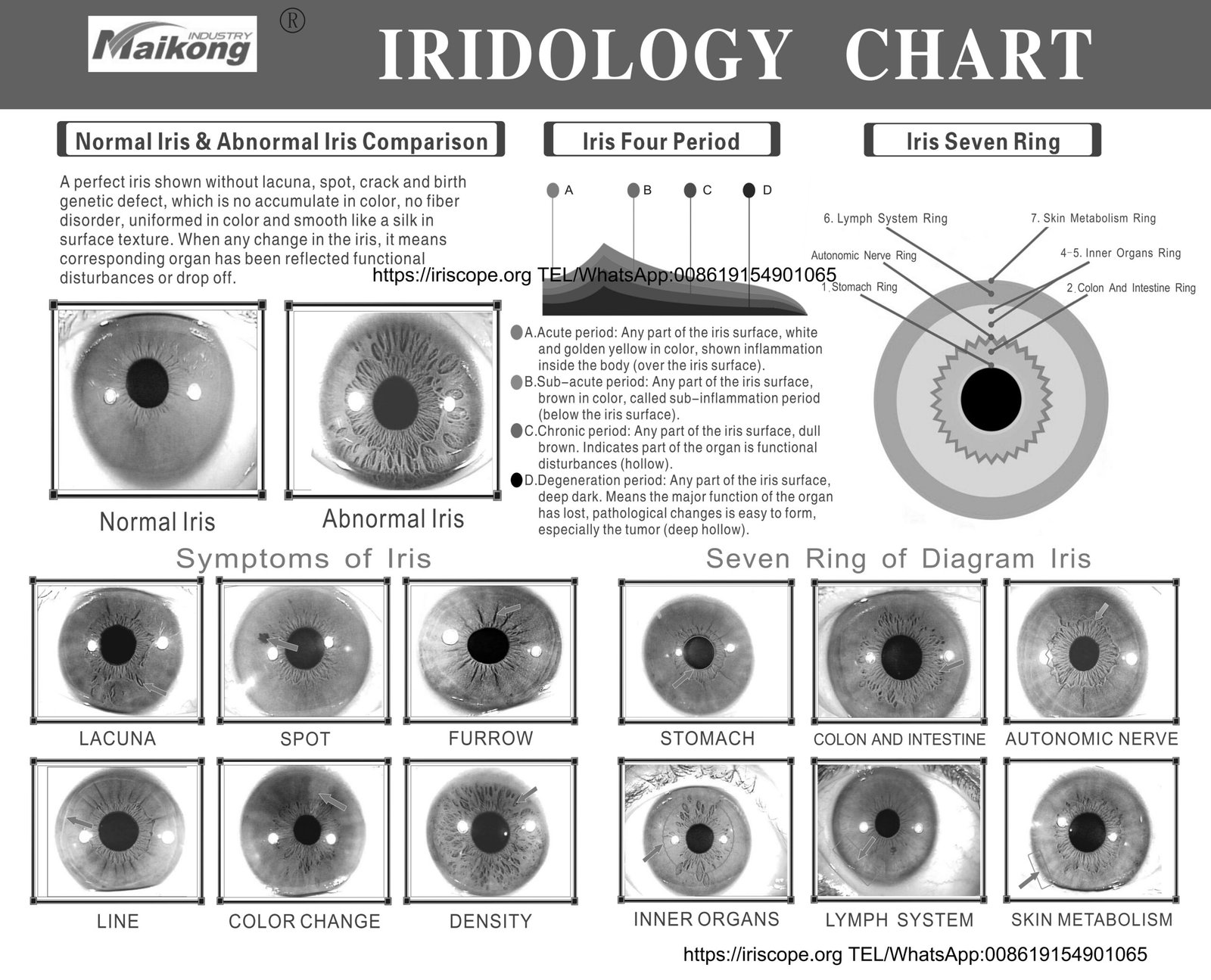The world of natural medicine has been profoundly shaped by visionaries who dared to explore beyond conventional boundaries. Among these pioneers, برنارڊ جينسن stands as a towering figure whose work in iridology transformed our understanding of holistic health assessment. His meticulous studies of the iris as a map of bodily health have influenced generations of practitioners and continue to guide modern approaches to natural healing. This comprehensive exploration delves into the remarkable journey of برنارڊ جينسن, from his early health struggles to becoming the foremost authority on iridology in America. We’ll examine his groundbreaking methodologies, his lasting contributions to natural medicine, and the legacy that continues to thrive through his students and the institutions that carry forward his work.
This comprehensive exploration delves into the remarkable journey of برنارڊ جينسن, from his early health struggles to becoming the foremost authority on iridology in America. We’ll examine his groundbreaking methodologies, his lasting contributions to natural medicine, and the legacy that continues to thrive through his students and the institutions that carry forward his work.
The Early Life of برنارڊ جينسن
Born on March 25, 1908, in Stockton, California, برنارڊ جينسن entered a world that was just beginning to explore alternative approaches to health and wellness. His journey into natural healing wasn’t merely academic—it was deeply personal. As a young man, Jensen faced significant health challenges, including a diagnosis of bronchiectasis, an incurable lung disease that conventional medicine of the time offered little hope for treating.
This personal health crisis became the catalyst for his lifelong dedication to natural healing methods. Under the guidance of a Seventh-Day Adventist physician, Jensen learned about nutrition and natural healing approaches that would later form the foundation of his practice. Applying these principles to his own health, he experienced remarkable improvement, inspiring his decision to pursue formal education in natural medicine.
Following in his father’s footsteps, Jensen studied chiropractic medicine, graduating from the West Coast Chiropractic College. He further expanded his knowledge at the Pacific College of Naturopathic Physicians, where he earned his credentials as a naturopathic doctor. Perhaps most significantly, he had the opportunity to study with Dr. Benedict Lust, widely regarded as the father of naturopathic medicine in America.
“My own healing journey taught me that the body has remarkable capacity for self-repair when given the proper tools and environment. This became the cornerstone of my approach to helping others.”
– برنارڊ جينسن
By 1929, Jensen had established his first chiropractic practice in California, where he began implementing the natural healing methods he had learned and developed. His approach was holistic from the beginning—addressing not just symptoms but seeking to understand and treat the underlying causes of disease through nutrition, physical adjustment, and lifestyle modifications.
Bernard Jensen’s Development of Iridology
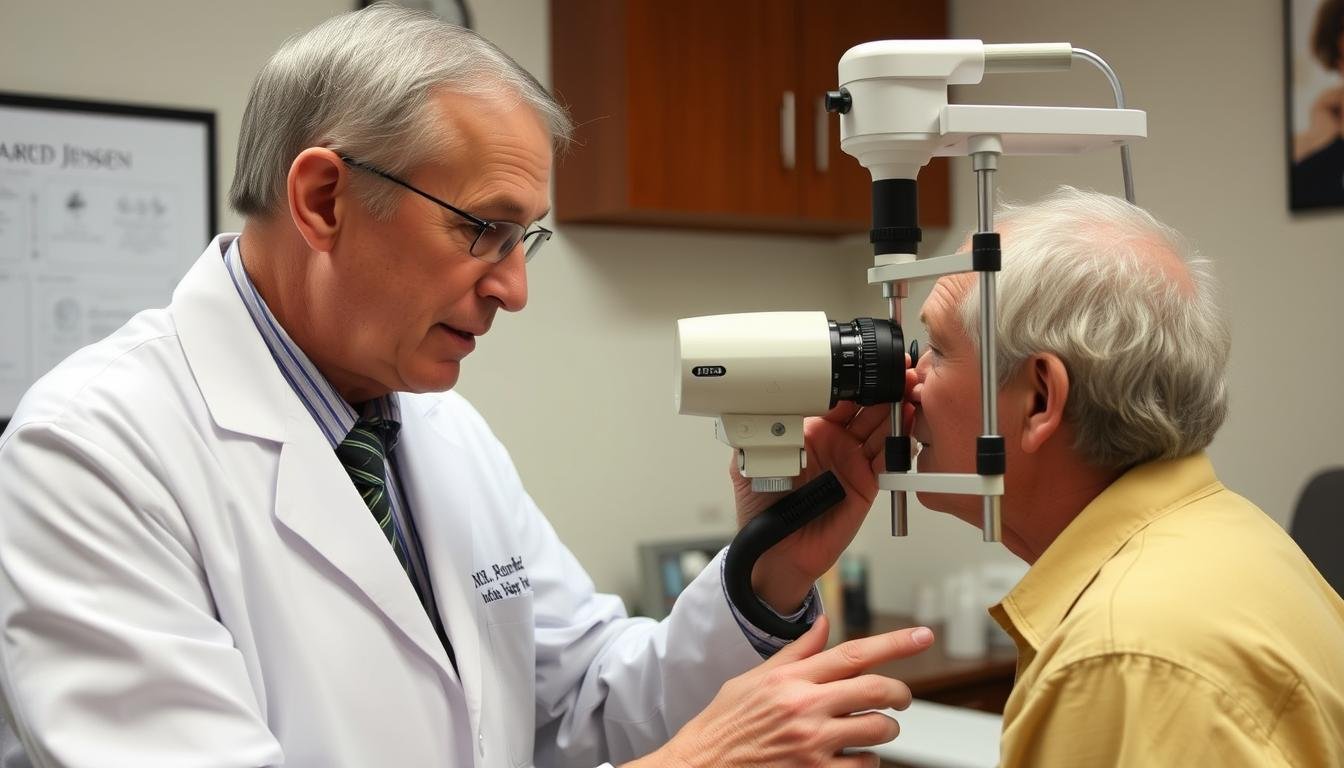
حال ۾ برنارڊ جينسن explored many aspects of natural healing, his most significant contribution came through his pioneering work in iridology—the study of the iris of the eye to determine a person’s health status. Jensen’s fascination with iridology began during his studies with various mentors, but it was his relationship with Norwegian homeopath Victor Rocine that particularly influenced his direction in this field.
Jensen recognized that the iris, with its complex patterns and markings, could serve as a detailed map of the body’s conditions. Through meticulous observation and documentation of thousands of cases, he developed a comprehensive system for interpreting these patterns. His approach was methodical and scientific within the paradigm of natural medicine, correlating specific iris signs with clinical findings and patient histories.
جي برنارڊ جينسن Iridology چارٽ


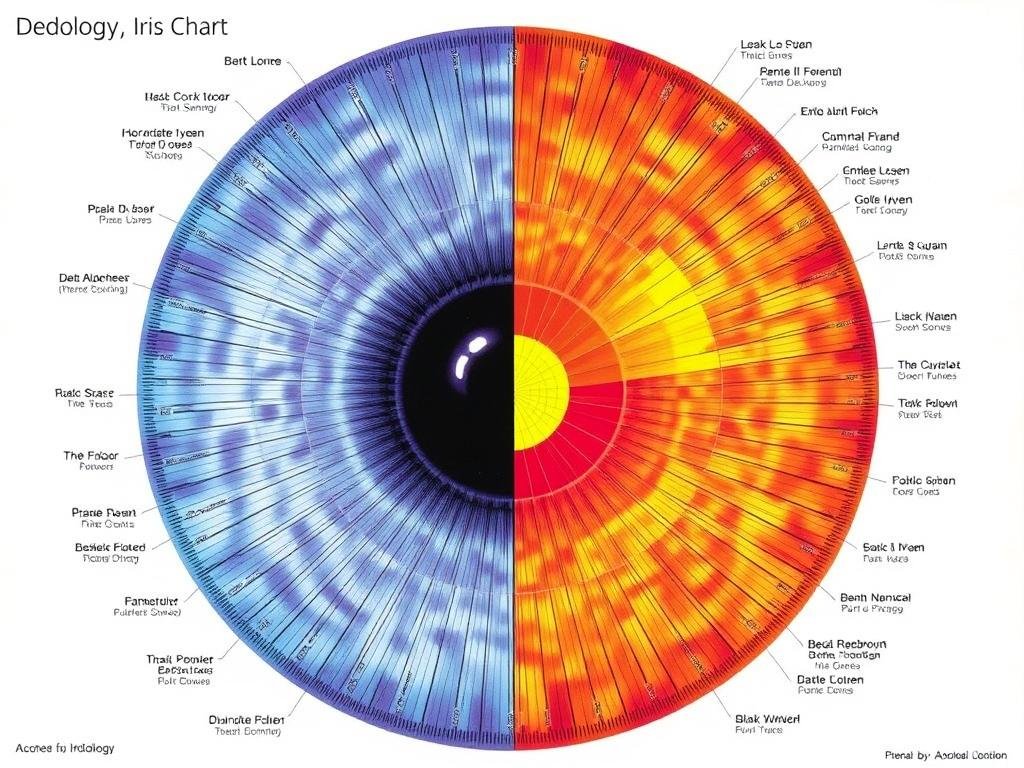
Perhaps the most enduring tool developed by برنارڊ جينسن is his iridology chart—a detailed map that divides the iris into zones corresponding to different organs and systems of the body. This chart, developed over 50 years of clinical practice and research, became the standard reference for practitioners worldwide.
The chart illustrates how the iris is divided into concentric zones and pie-shaped sectors, each relating to specific parts of the body. For example, the outermost zone corresponds to the skin, intestines, and circulatory system, while inner zones relate to internal organs like the heart, lungs, and kidneys. Jensen’s chart was revolutionary in its detail and comprehensiveness, providing practitioners with a systematic approach to iris analysis.
Key Elements of Jensen’s Iridology Approach:
- Systematic mapping of iris zones to body systems
- Interpretation of iris colors, markings, and structures
- Correlation of iris signs with nutritional needs
- Integration of iris analysis with overall health assessment
- Focus on identifying areas of congestion and inflammation
Jensen’s methodology went beyond simple observation. He developed specific techniques for examining the iris, including proper lighting, magnification, and documentation methods. He emphasized the importance of considering the whole iris pattern rather than isolated signs, and always contextualized iris findings within the broader picture of a person’s health history and current symptoms.
The Healing Sanitariums of برنارڊ جينسن

To fully implement his holistic healing philosophy, برنارڊ جينسن established several nature cure sanitariums in California. The most famous of these was the Hidden Valley Health Ranch in Escondido, which became a haven for those seeking healing through natural methods. These facilities allowed Jensen to work with patients over extended periods, providing comprehensive care that addressed all aspects of health.
At these sanitariums, Jensen treated thousands of patients suffering from chronic conditions that conventional medicine had limited success with, including cancer, arthritis, digestive disorders, and degenerative diseases. His approach combined multiple natural healing modalities, with iridology serving as a key diagnostic tool to guide individualized treatment plans.
Holistic Treatment Approach
Jensen’s treatment protocols at his sanitariums were comprehensive, addressing physical, mental, and spiritual aspects of health. Central to his approach was the belief that proper nutrition formed the foundation of health. He advocated for whole, unprocessed foods, with an emphasis on fresh fruits, vegetables, and properly prepared grains. His dietary recommendations were often tailored to individual needs based on iris analysis and other assessments.
Physical therapies were another important component of treatment at Jensen’s facilities. These included hydrotherapy (therapeutic use of water), fasting under supervision, colon cleansing, exercise, and various forms of bodywork. Jensen believed strongly in the importance of detoxification and regularly employed methods to support the body’s elimination processes.
 Beyond physical interventions, Jensen recognized the importance of mental and emotional well-being. He encouraged positive thinking, stress management, and fostering a sense of purpose. Patients at his sanitariums were taught not just how to recover from illness but how to maintain health through lifestyle practices they could continue at home.
Beyond physical interventions, Jensen recognized the importance of mental and emotional well-being. He encouraged positive thinking, stress management, and fostering a sense of purpose. Patients at his sanitariums were taught not just how to recover from illness but how to maintain health through lifestyle practices they could continue at home.
Explore Modern Iridology Equipment
Discover our professional-grade iridology cameras and software, designed according to Bernard Jensen’s principles for accurate iris analysis and assessment.
Contact Our Specialists
The Literary Legacy of برنارڊ جينسن

برنارڊ جينسن was a prolific author, writing numerous books and articles that documented his findings and philosophies. His written works have been instrumental in preserving and disseminating his knowledge, allowing his influence to extend far beyond his direct students and patients.
Iridology Works
- “سائنس ۽ ارادي جي مشق” (1952)
- “Iridology Simplified” (1980)
- “Visions of Health: Understanding Iridology”
- “What Is Iridology?”
Nutrition Books
- “Foods That Heal”
- “Dr. Jensen’s Guide to Better Bowel Care”
- “Dr. Jensen’s Juicing Therapy”
- “Dr. Jensen’s Nutrition Handbook”
Holistic Health Guides
- “Empty Harvest” (with Mark Anderson)
- “Dr. Jensen’s Guide to Body Chemistry & تغذيه”
- “Tissue Cleansing Through Bowel Management”
- “Nature Has a Remedy”
These books vary in their technical depth, with some like “Iridology Simplified” designed to make his methods accessible to beginners, while others like “سائنس ۽ ارادي جي مشق” offer more detailed information for serious practitioners. Throughout his writings, Jensen maintained a clear, practical approach, often including case studies and detailed illustrations to help readers apply his methods.
His books on nutrition and bowel health were particularly influential, helping to popularize concepts like the importance of dietary fiber, the relationship between intestinal health and overall wellness, and the value of whole foods. “Dr. Jensen’s Guide to Better Bowel Care” remains one of his most widely read works, addressing a topic that conventional medicine often overlooked.

Beyond their content, Jensen’s books are notable for their accessible style. He had a gift for explaining complex concepts in straightforward language, making his work approachable for both professionals and laypeople interested in natural health. This accessibility helped spread his ideas beyond academic circles and into mainstream awareness.
Bernard Jensen’s Iridology Methodology
The iridology methodology developed by برنارڊ جينسن was systematic and detailed. He approached iris analysis with scientific rigor, developing standardized procedures for examination and interpretation. His method begins with careful observation of the iris under proper lighting and magnification, noting the overall color, structure, and integrity of the fibers.
Jensen identified several key indicators in the iris that correspond to health conditions:
- Iris color – The base color (blue, brown, mixed) indicates genetic constitution and metabolic tendencies
- Fiber structure – The density and arrangement of iris fibers reflects tissue strength
- Lacunae and lesions – Darkened areas indicating weakened or damaged tissue
- Pigmentations – Colored spots showing chemical deposits or drug accumulations
- Rings and zones – Circular markings indicating various systemic conditions
امتحان جو عمل
Jensen’s examination process was methodical. He would first observe the overall appearance of both irises, noting the constitutional type based on color. He then systematically examined each iris quadrant by quadrant, documenting markings and signs according to his chart’s organ correspondences. He emphasized the importance of comparing both eyes, as differences between them could provide valuable information about health imbalances.
“The iris never lies. It records faithfully the results of abuse or neglect of the body, as well as the benefits of good care.”
– برنارڊ جينسن
A key aspect of Jensen’s methodology was his emphasis on using iridology as part of a comprehensive health assessment, not as an isolated diagnostic tool. He taught practitioners to correlate iris findings with patient history, symptoms, and other examination methods before developing treatment recommendations.
Professional Iridology Training Resources
Access professional training materials and equipment based on Bernard Jensen’s proven methodologies. Our comprehensive resources help practitioners master the art and science of iridology.
Call for Training Information
The Lasting Legacy and Impact of برنارڊ جينسن
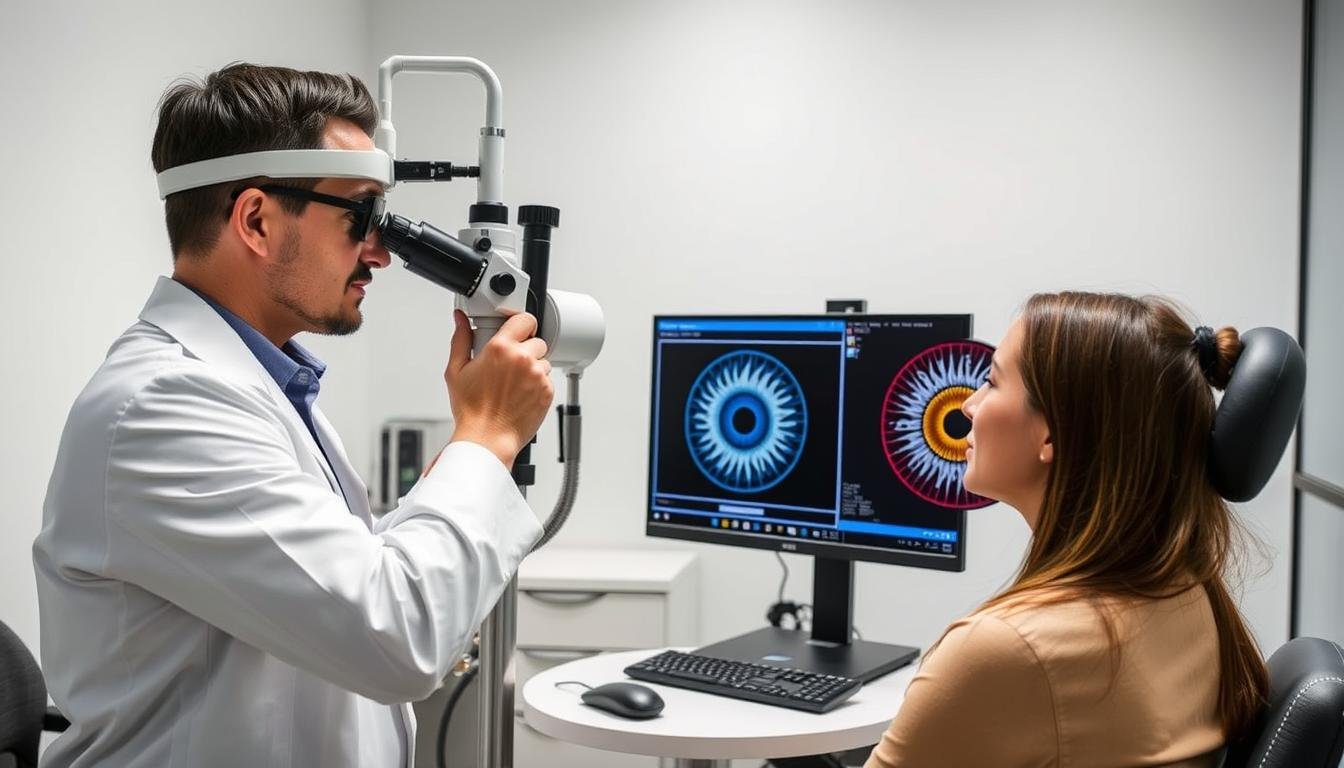
The influence of برنارڊ جينسن extends far beyond his lifetime, continuing to shape the practice of iridology and natural medicine today. When Jensen passed away on February 22, 2001, at the age of 92, he left behind a rich legacy that continues to grow through the work of his students and the institutions dedicated to preserving his methods.
One of the most significant aspects of Jensen’s legacy is the standardization he brought to iridology. Before his work, iris analysis was often practiced inconsistently, with varying interpretations and approaches. Jensen’s systematic methodology and detailed iris chart provided a common framework that helped establish iridology as a more credible field within natural medicine.
Modern Applications of Jensen’s Work
Today, Jensen’s work continues to evolve through technological advancements. Digital iridology cameras and specialized software now allow for more precise documentation and analysis of iris patterns. These tools, while far more sophisticated than those available during Jensen’s time, still rely on the fundamental principles and mappings he established.
His daughter-in-law and protégé, Ellen Tart-Jensen, has been instrumental in carrying forward his teachings, conducting seminars and training programs that preserve his methods while incorporating modern understandings of health and disease. Numerous schools and certification programs worldwide now teach iridology based on Jensen’s approach.
Did you know? برنارڊ جينسن received numerous honors for his contributions to natural health, including the President’s Award from the National Nutritional Foods Association and the Pioneer Doctor of the Year Award from the National Health Federation.
Beyond iridology, Jensen’s emphasis on intestinal health and detoxification has proven particularly prescient. Modern research increasingly confirms the importance of gut health in overall wellness, validating many of the principles Jensen advocated decades ago. His work on nutrition, emphasizing whole foods and plant-based diets free from artificial ingredients, aligns well with contemporary nutritional science.

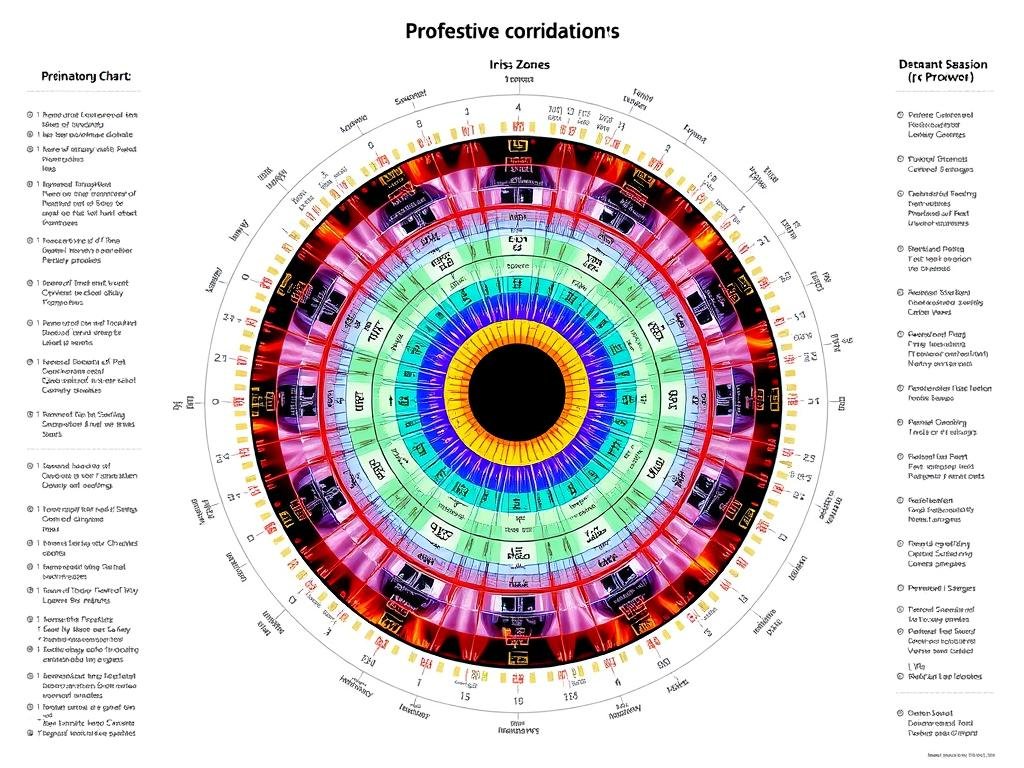
While some aspects of iridology remain controversial within conventional medicine, Jensen’s holistic approach to health—addressing physical, mental, and spiritual dimensions—has gained wider acceptance. His belief that the body has innate healing abilities when properly supported through nutrition, detoxification, and lifestyle practices resonates with many contemporary approaches to integrative medicine.
Embracing the Wisdom of برنارڊ جينسن
The journey through Bernard Jensen’s life and work reveals a man deeply committed to understanding the body’s natural healing processes and developing practical tools to support wellness. From his personal health challenges to his establishment as a leading figure in natural medicine, Jensen’s story is one of dedication, innovation, and profound impact.
His contributions to iridology transformed a once-obscure practice into a systematic approach used by practitioners worldwide. His emphasis on holistic health—addressing nutrition, detoxification, mental well-being, and spiritual balance—was ahead of its time and continues to influence natural health practices today.
As we reflect on Jensen’s legacy, perhaps his most enduring contribution is his reminder that health is not merely the absence of disease but a state of vitality and balance that encompasses all aspects of our being. In a world increasingly recognizing the limitations of reductionist approaches to health, Jensen’s holistic vision offers valuable wisdom for both practitioners and individuals seeking optimal wellness.
Continue Bernard Jensen’s Legacy with Professional Iridology Equipment
Our company is proud to offer state-of-the-art iridology cameras, software, and charts developed according to Bernard Jensen’s principles. Contact us to learn how these professional tools can enhance your practice.






















